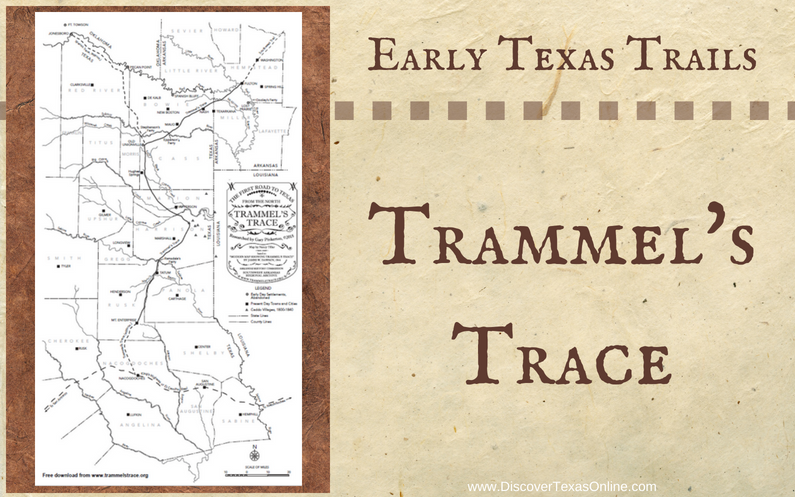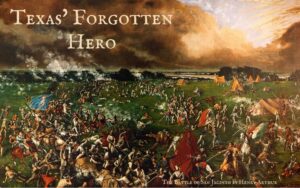 One of my favorite things about history is that you never finish learning all there is to know. You never finish making connections that broaden your understanding of the cultures and the times and all the complex motivations and fears that make people act as they do.
One of my favorite things about history is that you never finish learning all there is to know. You never finish making connections that broaden your understanding of the cultures and the times and all the complex motivations and fears that make people act as they do.
For example, until just last week, I’d never heard of Trammel’s Trace, the first road into Texas from the north. Forged by smugglers, it became a major immigration route. Read on! 😉
You may remember that our Cause & Effects series timeline began with the Nolan expedition. Philip Nolan was a freebooter–a land pirate–who came into Texas, ostensibly, to round up wild horses. He had Spain’s permission to do that…but he did NOT have Spain’s permission to make maps to take back to the American president, Thomas Jefferson. (Yeah…that long ago!) Based on what I now know, chances are very good that Nolan came to Texas on Trammel’s Trace…or the even more ancient road upon which it was built.
Trammel’s Trace started up in Fulton, Arkansas and crossed the Red River before winding through eight modern Texas counties to join El Camino Real de los Tejas around Nacogdoches. The road was named after Tennessee trader Nicholas Trammell, who lived from 1780 to 1856, but Trammell didn’t actually blaze the trail.
Stephen F. Austin drew a map showing parts of the trail in 1822, years before it came to be known as Trammel’s Trace…but the Father of Texas and his first colonists didn’t blaze the trail either.
Before being used by Austin and Trammell and the Americans who came after them, this road was part of the route used by the Spanish explorers of the Moscoso expedition in 1542. Early Spanish maps show the crossing point on the Red River, and a map drawn in 1801 by a Spanish priest shows a similar route…but even the Spaniards were not the first to use the trail.
What historians know as Trammel’s Trace was originally a trail created by the Caddo Indians of east Texas to join the villages of their confederation.
The road has existed for so long that we cannot accurately date it.
Gary Pinkerton has written a fascinating book about Trammel’s Trace and has a website (www.trammelstrace.org) where you can read stories and see illustrations and photos of the trail. I was surprised to see how deep the ruts are! Even two centuries of erosion has not wiped out the passage of several centuries of travelers.
The Spaniards came to Texas on this trail.
Stephen F. Austin’s colonists came to Texas on this trail.
Davy Crockett, Sam Houston, and many of the Alamo defenders came to Texas on this trail, joining El Camino Real to reach San Antonio.
I’ve known for a long time that Nacogdoches played a very important role in Texas history, but understanding that it stood at the junction of two major roadways helps me to understand how Nacogdoches stood, literally, at the intersection of three cultures.



